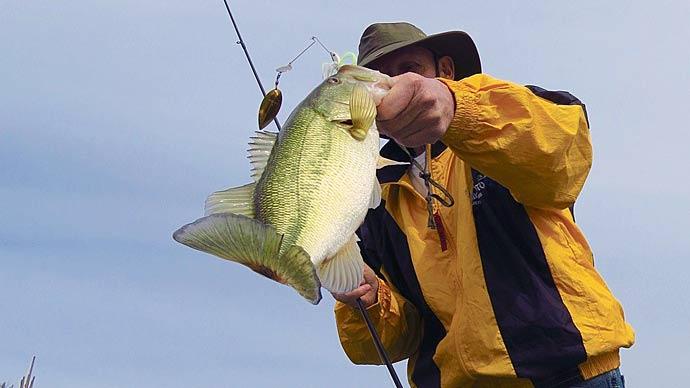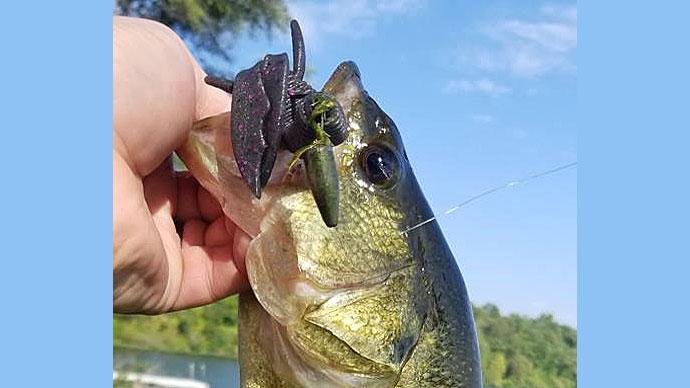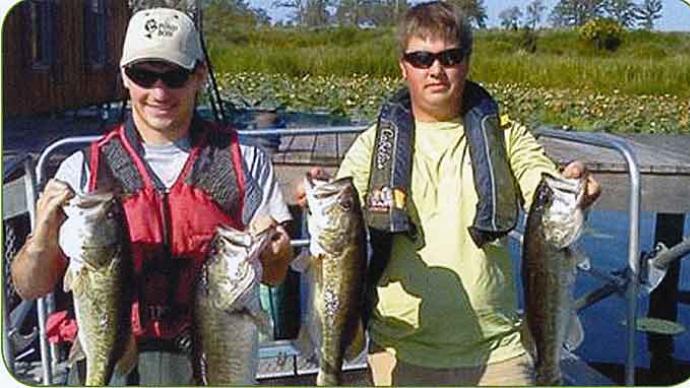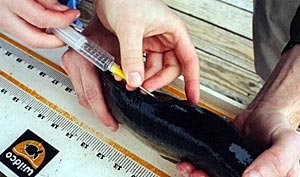
The question arises quite often. "Should I tag my fish?"
My response is typically a sigh, followed by, "Why?"
People are intrigued by tagging fish. There's something about identifying a singular creature and then tracking its life that has some sex appeal.. .or something.
So, what's the answer to that proverbial question, "Why?"
Tagging fish can be helpful...if you are willing to follow through with a good tagging plan. Let's follow a logical train of thought.
Tagging fish allows you to watch that individual throughout the course of its life. That is, if you are able to catch that fish again...or retrieve it in other ways, like a biologist is able with his fancy electrofishing gear or seines and traps.
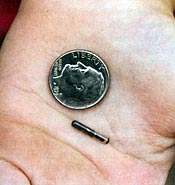
If you intend to tag a fish, or many fish, set up a record keeping system. That's important. Track the date, the species, length and weight of that fish, and the tag number. When you catch a fish with a tag, be prepared to read the number, weigh and measure the fish, log it into your notebook, and get the date. Over time, you'll be able to tell how well that individual fish is performing.
On a larger note, you can track a population of fish via tagging, too. If you tag a few fish and are fortunate to catch them again, you'll see how well those individuals are doing. Compare one to the others. That truly tells you how that individual is faring in your system. But, tag lots of fish and you'll see an even grander picture of how the population is thriving ...or not. Compare lengths and weights of those fish and you'll get a parameter of body condition. If all the fish are growing at similar rates and you're not overly thrilled about their progress, you can choose to harvest the lesser performing fish and zero-in on your food chain and improve it, too.
Tagging can also help you figure out how many fish you actually have. Here's how. Say you tag 50 fish in your ten acre lake. Good records reflect their body condition and over a few years you've retrieved about half of those fish to track them. On any given day you might catch 50 fish and five of them have tags. If that consistently happens, you can deduce that about ten percent of your fish are tagged. With 50 fish tagged, you can assume you have around 500 fish. Compare that extrapolation to the body condition of your fish and you can begin to see when it's time to harvest a few more fish. As you harvest, you'll catch some fish that fight harder, are in better shape than many, and have great body condition. Tag those fish and return them to the system. You might just be having yourself some genetic selection, while you're at it.
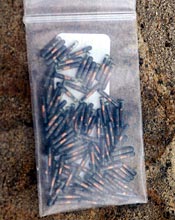

What kind of tags should you use? There are basically two types of tags for you to consider. Anchor tags are inserted into the flesh of a fish, usually near the dorsal fin and extend outside the skin, easy to see. Most of these tags are either "t" tags or have a barb that, once inserted, holds fairly tight...sometimes for years. A bass tagged in Illinois once was caught many times over a 22 year time span, with the original tag still in place.
PIT tags or Passive Integrated Transponder tags are injected below the skin, into the flesh using a special needle. These tags have a little radio frequency identification chip inside that is activated when a reader/scanner is waved near the fish. The scanner tells you what number that tag is, for your records. These tags are used more on the professional level and are a bit expensive, but for serious pondmeisters for serious research it's a better system.
Another good reason to tag fish is to identify newly stocked adult fish into an existing system, especially where you have a harvest plan in place. Years ago I helped a landowner who had just bought a nice central Texas ranch with a 22 acre lake on it next to his cabin. Further back on the ranch was a secluded 20 acre lake. As we learned about each body of water, the one near the cabin was overloaded with skinny 12- 14 inch bass. His goal was to grow giant bass in this lake, with the average size at least three pounds. We began the program by removing as many small bass as we could, via angling and electrofishing. Meanwhile, at the lake in the back, people were catching really nice bass, upwards of seven or eight pounds...and they had a unique color pattern, blotchy on the back, almost camo-colored. Their faces were a bit narrower and the fish behaved a little differently than the gangster bass in the front lake. We took note of the differences as we worked on both lakes.
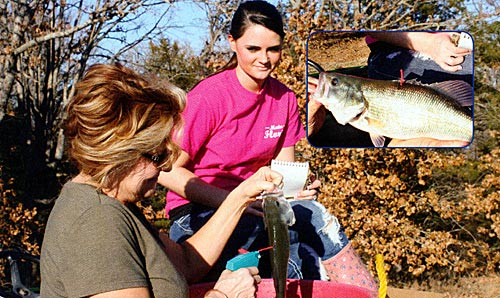
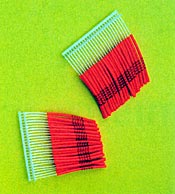
Over time, we were able to use several pond management techniques to cull bass and improve the food chain. We stocked some beautiful coppernose bluegill and redear sunfish, started a moderate fertilizing program and began feeding the bluegills a good, healthy fish food. Within 18 months, the lake began to turn around. As this process moved forward, we captured several fish in each lake and checked their genetic background. The fish in the back lake turned out to be mostly Florida strain bass, while the ones in the front were mostly northern largemouth, with a trace of Florida genetics.
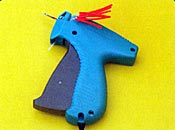
As the front lake began to reach a healthy balance, we thought it wise to bring over some of those Florida bass. Even though they definitely look different, we decided to tag each fish so people wouldn't inadvertently remove them.
That's another reason to tag fish.
If you decide that a tagging program is a good idea, shop for the best tagging system to suit your wishes. There are a number of products out there and cheap isn't necessarily best. I've done cheap and have wasted some tags. Do your homework, set up a good record keeping system, use it wisely, and a tagging program can certainly be a benefit to your fisheries management program.
Besides, it's fun.
Reprinted with permission from Pond Boss Magazine

